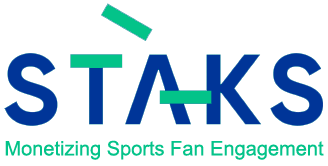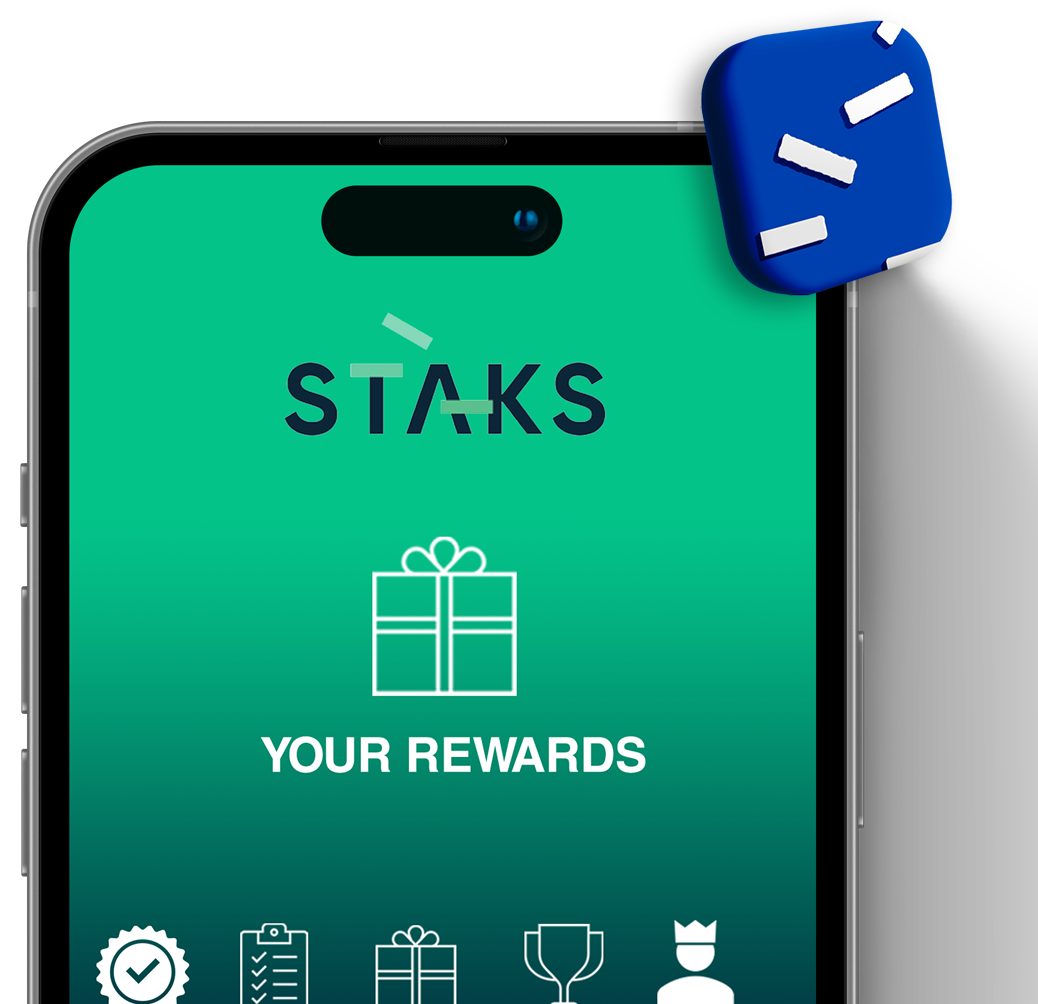By Scott Pranger – Chief Executive Officer, Staks
About a year ago, college athletes gained the landmark ability to sell their name, image and likeness (NIL) rights. Initially, the NCAA intended to limit the degree to which schools and employees could arrange endorsements for athletes, but after a June 2021 Supreme Court ruling, they walked back those restrictions to stipulate that schools cannot pay their athletes directly.
Let’s review the impact of this decision so far—and what it means for college athletes from a commercial perspective moving forward.
What’s happened since?
Schools can’t directly broker deals, so instead, third-party collectives are pooling fan and booster donations to offer compensation. While the offers often make no mention of a school or athletic participation requirement, they have effectively created a niche recruiting industry for college athletes.
For example, in early March 2022, The Athletic reported one of the highest-known payouts—a whopping $8M NIL deal. Another four-star receiver signed a deal for $1M over four years in exchange for his exclusive NIL rights. But not all deals are exclusive: a three-star lineman, for instance, signed up for $500,000 over four years while a top-10 defensive lineman signed a three-year nonexclusive deal
worth $1M.
Many coaches and school administrators have expressed concern over how these collectives will bias college recruiting and compromise the integrity of college sports. Others worry about the overall sustainability of collective donations. Sure, donors are willing to shell out millions out the gate, detractors claim, but will these deals remain as lucrative in years 10, 20 or 30?
A less-explored issue is the financial trajectory for athletes themselves. Are they positioned to successfully navigate NIL to their advantage—or simply serve the commercial interests of another third party?
College athletes are the new gig workers…
College athletes are now free to earn money on their name, image and likeness without being directly beholden to any specific employer (especially the school itself). They’re also balancing a number of responsibilities and roles as they approach an entirely new form of work.
In other words, they’re the new gig workers.
…but they have no time.
While many gig workers balance full-time careers with side gigs, college athletes have their own competing priorities to face, primarily in terms of balancing a full schedule of courses with intense training and practicing demands.
Officially, the NCAA restricts student-athletes’ in-season practice to 20 hours per week, or four hours per day (Business Insider). That’s quite a bit of time, but the reality may be even greater. There are a whole host of activities expected of college athletes that fall outside the official definition of practice like weight-lifting, administrative meetings, conditioning, rehabilitation and more.
A 2015 lawsuit against UNC Chapel Hill, for example, cites a 2011 NCAA survey in which Division I football players reported an average of 43.3 hours spent per week in-season on athletic activities.
How much time do college athletes really dedicate to their sport?
| Sport | Average hours |
|---|---|
| Baseball | 42.1 |
| Men’s basketball | 39.2 |
| All other men’s sports | 32 |
| Women’s basketball | 37.6 |
| All other women’s sports | 33.3 |
In light of these strenuous expectations, college athletes simply do not have the time to manage business deals or handle payments. Which means they must rely on outside resources for these services. That’s money lost to third party management …. or missed opportunities entirely.
Take the concerns about collectives. Many industry insiders have questioned whether donors can keep up the breakneck pace required for the multimillion dollar offers we saw in 2022. But if collectives fail to deliver, does that render an athlete optionless? What do business people do when one deal dries up? They find another. It’s the “grit” part of the entrepreneurial success stories that we all know and love. It’s also the name of the game in the gig economy—you simply find another gig.
A college athlete could now do the same – but not without resources.
Players – and gig workers as whole – need a management tool.
As the gig economy grows and evolves, its workers need turnkey tools to simplify payment processing, money management and auditing. As a result, college athletes will be able to take control of business opportunities, maintain independence and keep their affairs in order all while balancing the many other demands on their time.
We designed StaksPay™ to allow gig workers and businesses to move and receive money easily and securely, while also customizing transaction activity to fit the unique needs of a variety of markets and participants. Gig workers like college athletes gain access to an ecosystem of financial services custom-tailored to industry-specific feature functionality. Moving forward, we’re handing power back to the gig worker to more efficiently start, run and scale their gig economy business—and we’re proud to welcome college athletes into the fold.



